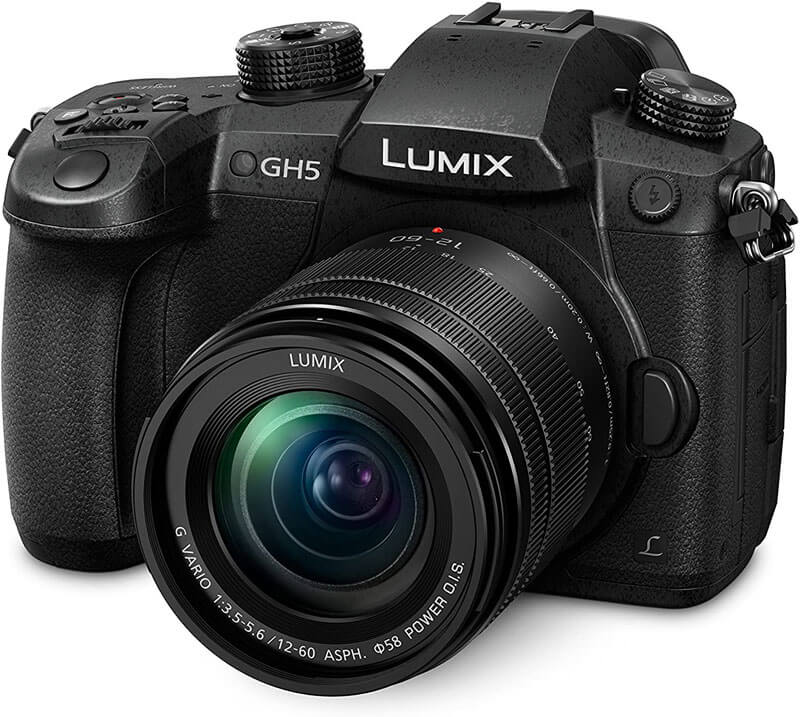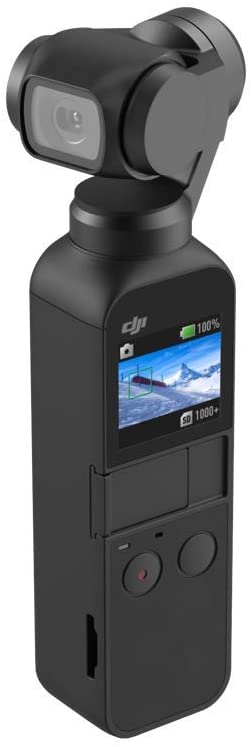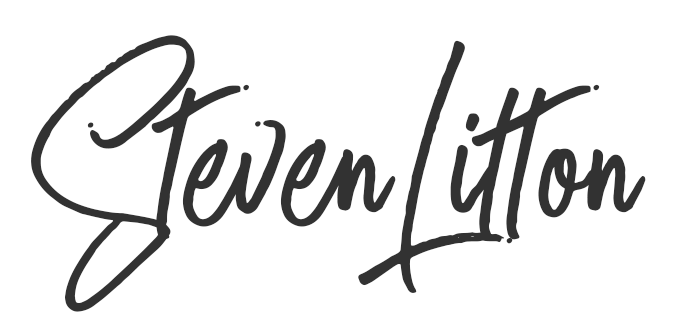With the release of the BlackMagic Pocket Cinema Camera 6k, EF lenses just got their value back, and I for one am breathing a sigh of relief. Canon have been nothing short of stagnant to react to the wants and ’needs’ of modern videographers and filmmakers. But with the BMPCC4K already on the market, is the Blackmagic Pocket Cinema Camera 6k worth it?
To preface this article, I have been using Canon cameras for video production for years and had the chance to work with cameras from their consumer, prosumer and cinema line. I am still a fan of some of the kit and features that Canon produce, but I feel that they are starting to loose a grip of the modern video market.
The height of EF lenses
Canon cameras really came to be seen as great accessible hybrid cameras when the 5d MkII hit the shelves in 2008. Now for me, the video on the 5d MkII only made it into the mainstream due to the help of Magic Lantern. Magic lantern is a custom firmware that you can run on top of the Canon firmware to get loads of great cine features like audio monitoring, exposure highlighting, zebra stripes, and exceptional automatic white balancing. Nowadays these are available as standard in many hybrid DSLR and mirrorless cameras like the Panasonic GH5.
Canon has a brilliant cinema line of cameras, but for the everyday filmmaker looking to travel light, they are generally a little out of budget and impractical. Canon obviously doesn’t want to offer all the features of these cameras in cheaper models or it will really cut into those premium sales. But other companies like Sony and Panasonic have really set the bar high, early on with video features in mirrorless camera tech.
Canon does have a plethora of great lenses and their dpaf (dual pixel autofocus) system to keep them relevant in the market. Dual pixel autofocus produces fast and smooth autofocusing for video which a lot of other companies are still catching up to. But it will only be a matter of time before they start to rival it. The new Canon RF mount also brings an interesting new future, but right now, it is a very expensive one and only really accessible to people with larger budgets.
Now with Blackmagic’s new camera offerings hitting the market, it has really raised the game in terms of specs for cine cameras and pricing. This is going to force Canon’s hand in upping their game in terms of what people will pay a premium for.

Where does the BMPCC6k sit in the market
Larger cinema cameras will always have a place in the higher end of the market, but hobbyists and prosumers want portable cameras with modern and competitive specs. Canon has really failed to produce this in recent years in any shape or form. A lot of newcomers to video do want very unrealistic specs for peanuts, but you have to understand that form factor and price both dictate camera specs. I feel like a lot of people don’t really understand the difference between MFT, APSC, Super35 and Full Frame cameras. This camera sits almost alone for its price point, offering raw 6k video in a compact-ish body and including a full version of DaVinci Resolve suite. Its not a traditional mirrorless hybrid camera because it can’t really shoot stills, apart from in a video stills type style. Its also not really a traditional cinema camera because it has the built in screen and microphones. Its quite a unique offering, but one that I think will satisfy a lot of people.
Do I need 6K?
If that is a question you are asking yourself, then you probably don’t need 6K. I like 6K as a resolution because it gives me options to crop, stabilise and reframe for 4k, as well as upscaling to 8k for future proofing. I am also really liking the additional frame sizes on offer, especially 2.8k at 120fps.
What makes the BMPCC6k special
The BMPCC6k is in a league of its own due to its price and feature set, it is higher than the BMPCC4k, but you get that larger Super35 sensor, 6k video and a native EF lens mount. It also has a mini XLR jack as well as a 3.5mm jack so you can run dual track mixes in to the camera. You can record to CFast, SD and even to an external SSD drive, so that makes shooting large files a lot more affordable in terms of storage. It features dual native ISO with impressive low light performance for the sensor size. Pro-Res and B-raw options for recording, some of the higher formats only allow B-raw. You can use 3D LUT previews whilst filming, so you can see closer to what the finished grade will look like. Don’t forget you also get DaVinci Resolve Studio included which is $300 itself. So you are getting all of those professional ports and features for a very affordable price tag. There are of course some limitations and some compromises you need to take in to consideration before getting too excited.
Drawbacks of the BMPCC6k
Its a fantastic price point and there are going to be drawbacks, the main one is the battery life. 45 minutes per battery is not a long time and that is the maximum you will get, so the reality is likely much less. This means you are going to need a battery rig or the official battery grip (which is out of stock), both of which add expense and weight to the setup. When shooting indoors, for example in an interview situation, you can plug the camera in to the mains, which is beneficial in that environment.
The other drawbacks people have pointed out are less of an issue, a flip out screen is easy resolved with a cheap external monitor and mounting arm. Continuous auto focus isn’t needed as this is a cinema camera and will most likely be locked on to a tripod most of the time. There are fairly cheap follow focus systems out there that will do the job accompanied by the focus assist on the camera’s screen. Its lack of in-body stabilisation can be overcome by using a gimbal, There are plenty of great quality gimbals on the market at affordable prices. Many gimbals like the Zhiyun Crane 2 and DJI Ronin-S have servo follow focus options which will be a great pairing to manual focusing this camera whilst shooting on the gimbal. Alternatively, you can use that extra frame size to use digital stabilisation in post.

Should I get the BMPCC6k
If you have no EF glass and no need for 6k then definitely not. Its not for a newcomer or amateur either, this type of camera has a lot of quirks and provides quite a complex workflow. If you are looking to make home movies, vlog or just want a nice simple workflow, then this camera is really not for you. You need to have some interest in either colour grading or adding some effects to your edits for this to be a worthwhile investment. If you have owned and mastered a DSLR or mirrorless camera and are looking to get more flexibility in your edits, then this could be the perfect step up. Its going to be a great choice for short films, music videos and narrative work. For me personally, this camera looks like a big win for my existing gear and I will be bringing it in to my workflow. I have been using Final Cut Pro X and Adobe Premiere Pro for over 10 years and now I think I might make the jump to DaVinci Resolve so I can work with the new B-Raw format. Its not just a new camera for me, its a whole new workflow that I will be buying in to with this camera. But I am prepared for that challenge and excited about benefits it will bring.
BMPCC6k sample footage
Below is some sample footage from the very talented Ludeman Productions
Blackmagic Pocket Cinema Camera 6k Vlogging Alternatives
Canon M50

A great little camera with decent continuous autofocus, affordable interchangeable lenses and handy flip out screen. The M50 shoots 4K video at 25fps and Full HD video at 60fps It also comes in at a lower price giving you budget for lenses and lighting.
Panasonic GH5

A personal favourite of mine, the GH5 uses the same lens mount as the BMPCC4K but comes with some really useful features for vlogging including in-body image stabilisation, continuous autofocus, a flip out screen. It also shoots video in 4K at 60fps in some very robust codecs.
DJI Osmo Pocket 2

A bit of a different option to the other two but its a great little tool for creating content on the go and it comes in a fraction of the price. It features a 3-axis gimbal for super smooth video and shoots in 4K at 60fps with some nice colour profiles and a super compact design. The reason it is in my picks is because of the object/face tracking features which are brilliant for vlogging on the move.
Please note: This post contains some affiliated links, you will never pay extra for the products but I receive a small commission when a purchase is made, this allows me to keep writing content like this.




